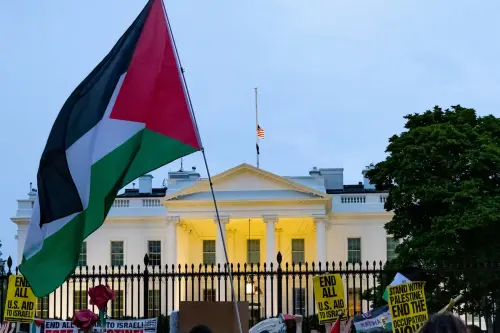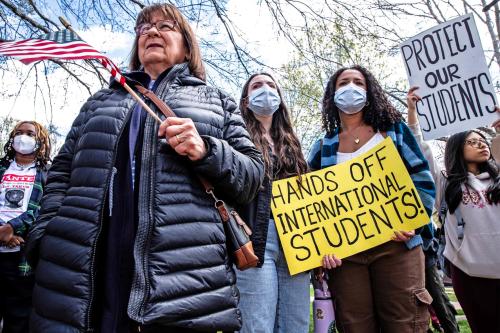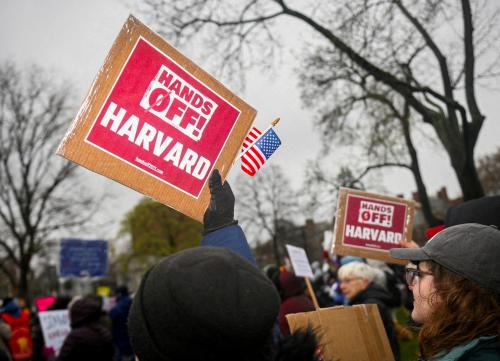EXCERPT
Among the barriers to education that IDP children frequently face are[1]:
Lack of infrastructure: In situations of conflict-induced displacement, schools have often been destroyed or damaged and school premises (and teachers) singled out for attack. In IDP camps and settlemetns schools tend to be makeshift and only offer primary education. Many of the schools established—often by IDPs—lack blackboards and even roofs.
Safety: Going to school may entail crossing minefields or military roadblocks. In Afghanistan, threats of sexual violence en route to school kept many IDP girls at home.
Loss of documentation: Displacement often results in the loss or confiscation of identity documents. Without documentation, IDP children may be unable to enrol in school. Getting replacement documents is often very difficult and dangerous, requiring IDPs to return to their area of origin, even if the area remains unsafe.
View complete article (external link)
[1]See Erin Mooney and Colleen French “Barriers and Bridges: Access to Education for Internally Displaced Children“
The Brookings Institution is committed to quality, independence, and impact.
We are supported by a diverse array of funders. In line with our values and policies, each Brookings publication represents the sole views of its author(s).



Commentary
Education for IDPs—Poor Marks
January 1, 2005